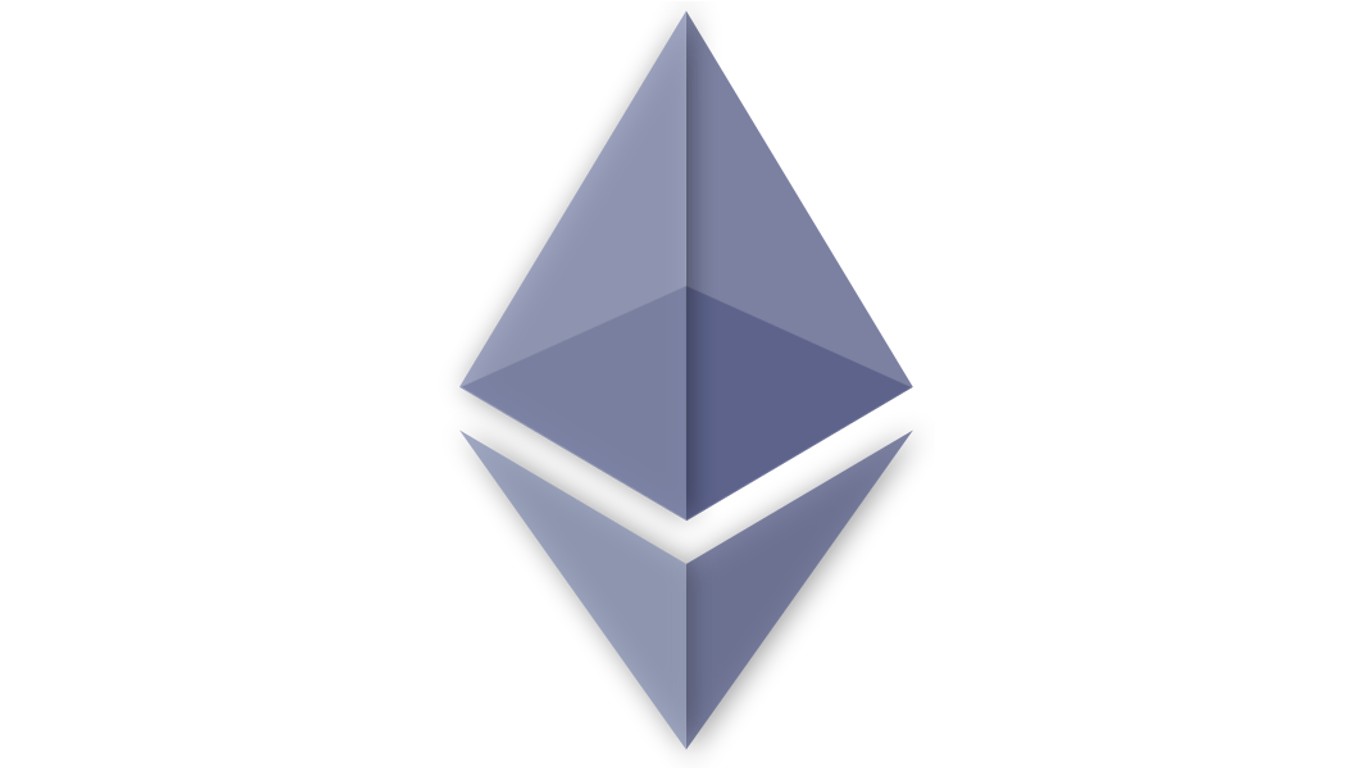Investing
Only 14% of Ethereum's Supply Is Staked as Investors Await Shanghai Upgrade

Published:

Ethereum currently has a staking ratio of around 14%, which is the amount of staked ETH versus its circulating supply. In comparison, other proof-of-stake (PoS) blockchains like Cardano and Solana have a staking ratio of around 70%.
However, with the upcoming Ethereum Shanghai upgrade, which will include code allowing withdrawals of ETH staked in the Beacon Chain, Ethereum’s staking ratio is expected to receive a boost.
Also known as soft staking, liquid staking is the process of locking up funds to earn rewards while still having access to the funds. Liquid staking is available on many new-generation smart contract protocols, including Cardano, Solana, and Ethereum.
With the increasing popularity of liquid staking, the sector has become the second-largest crypto branch in terms of combined total value locked (TVL). According to data by DeFi Llama, over $14 billion worth of digital assets has been deposited in 71 liquid staking protocols.
In comparison, there is over $19.33 billion worth of digital assets in decentralized exchanges (DEXes), which hold the top spot in TVL compared to other sectors. DeFi lending and borrowing protocols and cross-chain bridges rank third and fourth, each with a TVL of around $13.7 billion and $10.4 billion, respectively.
The surge in interest in liquid staking comes amid growing excitement around the upcoming Shanghai upgrade, which will allow withdrawals of millions of ETH tokens staked in the Beacon Chain since December 2020. The upgrade is expected to go live by March 2023.
Ethereum liquid staking refers to delegating ETH tokens to a project that stakes those tokens on behalf of the depositor. The projects usually provide a so-called receipt in the form of tokenized assets redeemable for the staked ETH tokens.
There are numerous advantages to ETH liquid staking. First, users won’t have to relinquish access to their ETH tokens after they stake them. Furthermore, direct staking requires an initial investment of 32 ETH (around $52,000), whereas liquid staking can be done with a small amount of ETH.
Another notable benefit of liquid staking is that it requires no technical knowledge. When staking the usual way, a token holder would delegate their stake to a single validator. However, setting up a personal Ethereum node requires technical skills and knowledge.
So far, around 17.3 million ETH tokens (worth over $28 billion) have been staked, according to data from a Dune Analytics dashboard. Of that tally, 7.1 million ETH tokens (worth around $12 billion) have been deposited in liquid staking platforms.
Furthermore, Ethereum’s staking ratio currently stands at 14.3%, meaning less than 15% of Ethereum’s circulating supply is currently staked. This is far behind the staking ratio at other PoS blockchains like Cardano and Solana, which stands at around 70%.
In a report earlier this month, Binance Research argued that Ethereum’s staking ratio could see a huge uptick with the upcoming Shanghai upgrade. The research arm of Binance said while smart contracts and other security risks remain, withdrawals successfully taking place is a key factor impacting staking.
“It could be argued that many groups of individuals had been waiting for Shanghai to stake their ETH, as withdrawals will remove the liquidity risk and uncertainty of an previously undefined lock-up period.”
Meanwhile, Ethereum is currently trading at $1,640, up by 2.4% over the past day. The second-largest cryptocurrency exchange in the world has gained more than 8% over the past 14 days, according to data by CoinGecko.
This article originally appeared on The Tokenist
Credit card companies are at war, handing out free rewards and benefits to win the best customers. A good cash back card can be worth thousands of dollars a year in free money, not to mention other perks like travel, insurance, and access to fancy lounges. See our top picks for the best credit cards today. You won’t want to miss some of these offers.
Flywheel Publishing has partnered with CardRatings for our coverage of credit card products. Flywheel Publishing and CardRatings may receive a commission from card issuers.
Thank you for reading! Have some feedback for us?
Contact the 24/7 Wall St. editorial team.